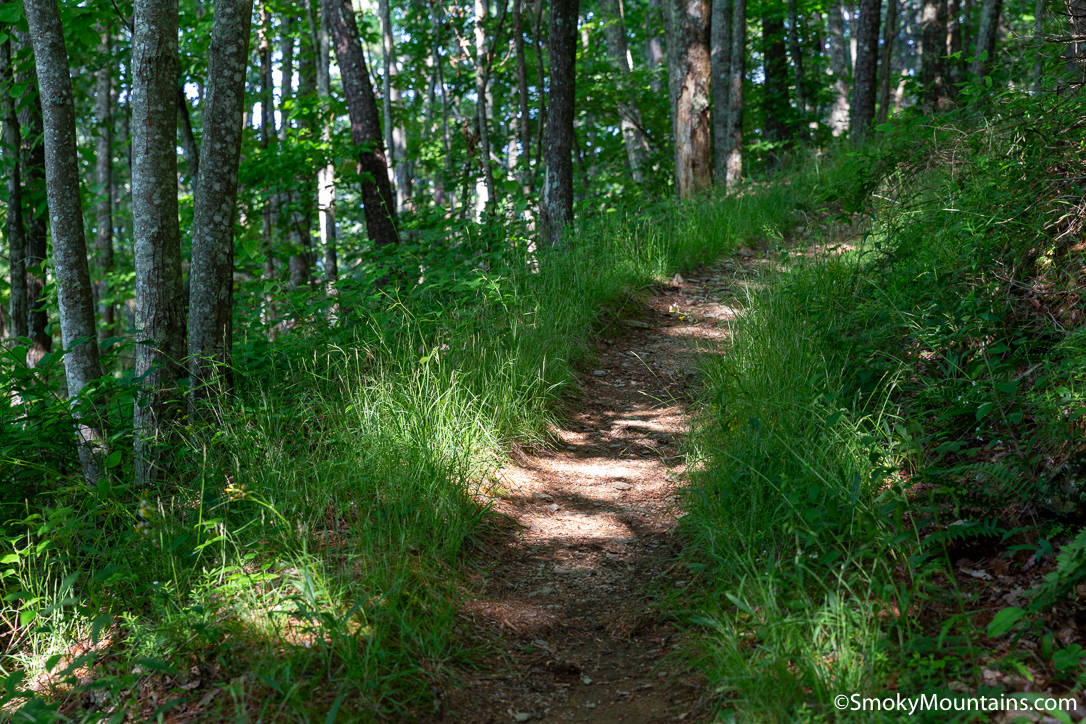As you hike the trails of Appalachia, there are some precautions you will want to take. While you might think that big predators are the primary animal concern in this region’s mountains and valleys, the truth is a lot smaller. It’s tiny bugs that are going to be the hiker’s biggest nemesis on most trails. Bugs like mosquitos, ticks, and, chiggers.
No matter where you are from in the country, you probably know and have dealt with mosquitos and ticks before. But chiggers aren’t quite as common outside of Appalachia and certain Midwestern and Southeastern states.
The following is a robust guide on what every visitor should know about chiggers and how to keep safe from them:
What Type of Creature are Chiggers?

Chiggers are an incredibly tiny type of mite that belongs to the Arachnida class — a class that includes scorpions and ticks, which means that chiggers are anatomically more closely related to spiders than an insect like an ant. They are also so small that you will almost never see them with the naked eye unless you were really trying to find them. The best way to look at their tiny bodies is via a hand lens or microscope. When chiggers bite you, they are in the larval stage and feature six legs. They most often have a reddish color, but after consuming a meal, they will take on a more yellowish appearance.
Do Chiggers Suck Your Blood?

Not quite! Chiggers are not like mosquitos or ticks that use special appendages to attach and directly consume your blood. Additionally, it is only during the larvae stage that this mite will have any type of impact on you, as once the larvae mature into an adult, they will feast on smaller insects and insect eggs deep within the soil.
However, while they don’t suck your blood, they do attach and eat part of your body as they are a type of parasite when in this larvae stage. Chiggers will find a desirable spot on the host body and then use their tiny yet very sharp jaws to pierce open the host’s skin. Next, they push the end of a specialized appendage in their mouth into that opening and push through a unique enzyme. That enzyme dissolves the host’s tissue cells and creates a type of “cell soup.” It’s this cell soup that chiggers then consume. Chiggers may stay on a host for just one meal or may continue for several days.
A common myth about chiggers is that they burrow beneath one’s skin. This isn’t true but remains popular because of how tiny and hard to see the mites are.
How Do I Know I Have Chiggers On Me?

Oh, you’ll know. Once chiggers cut into the body and release their enzyme, the host body — your body — reacts. The host’s body will create a stylostome or hardened tube around where the cut was made. This happens in order to wall off the chigger’s enzyme from spreading. It’s the creation of this tube that causes the onset of painful and frustrating symptoms.
The primary symptom of chiggers, and how you’ll know that you have them, is the formation of small red bumps at their feeding site on your skin. These bumps sometimes run together if you have a lot of chiggers on you or if your body has any degree of allergy to the mite’s enzyme. Then you may have a hive-like rash form as well as swelling. These bumps and rashes typically cause an intense itching sensation that is very hard to ignore. This itchiness will typically last for several days until after the mites have left your body and your body has healed over the enzyme.
If you are at this stage of a bodily chigger infection, you can use an anti-itch cream such as calamine lotion or an oral antihistamine to help reduce the itchiness. A common myth around chigger bites is that putting clear nail polish over them will smother or kill the mites. This can help by making it harder for young children to scratch and further irritate the skin at a chigger bite. However, it doesn’t actually do anything to the mite. This type of mite doesn’t burrow into the skin and thus cannot be suffocated with nail polish.
Do Chiggers Cause Diseases?

No! Chigger bites are very annoying and can cause a person a sleepless night if the itching isn’t controlled. Nonetheless, they thankfully do not transmit disease. At least not here in the United States.
How Do I Avoid Getting Chiggers On Me?

Great question! The best way not to fall victim to the intense itching that happens following chiggers is to avoid getting them on your body altogether. As the adage goes, an ounce of prevention is worth a pound of cure. Here are some things you can do to avoid getting chiggers on you:
Don’t walk in tall grasses.
Chiggers, like ticks, wait for hosts near tall grass within valleys and wooded areas near water. They locate incoming hosts by detecting the amount of carbon dioxide being released. When those levels go up, they climb to the top of nearby grasses and get ready to hitch a ride when the host’s body brushes against the grasses. As such, avoiding tall grasses by staying on packed paths goes a long way in avoiding these (and other) hitchhikers.
Keep your legs, ankles, and waistline covered.
If you don’t think you can avoid brushing up on the occasional grass, then you can prevent chiggers from finding a good spot to bite into. Always wear pants and tuck them into your socks to keep the mites at bay.
Use a repellant.
Insect repellant is an effective way to deter chiggers from attaching to your skin. Just make sure it’s rated for chiggers.
Learn More About Appalachia
Chiggers are certainly a drawback of hiking. However, we think the beauty of Appalachia’s many trails and vistas is worth it. Learn more about the big positives this area has to offer by visiting our other pages as you get ready for your exciting trip to the area.




